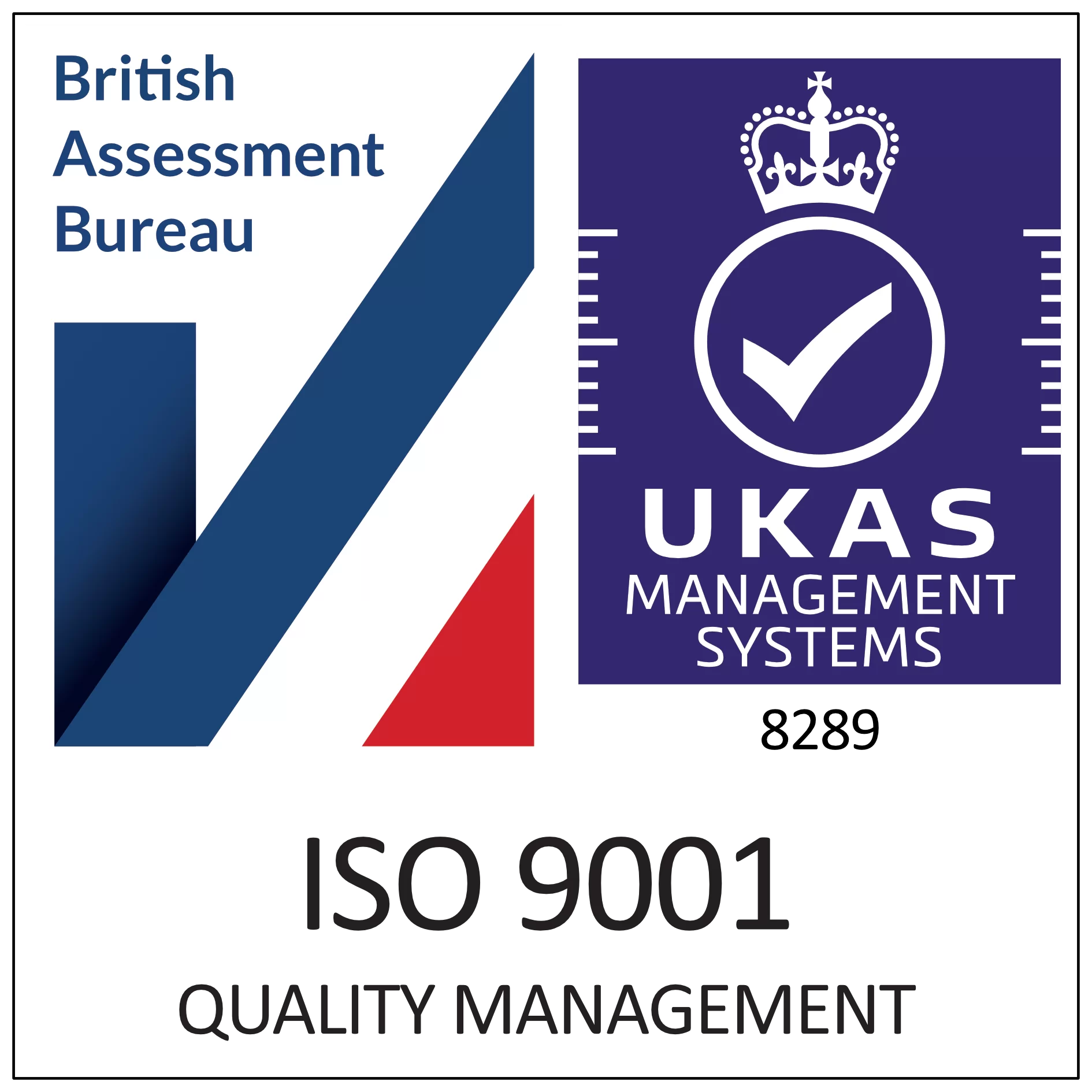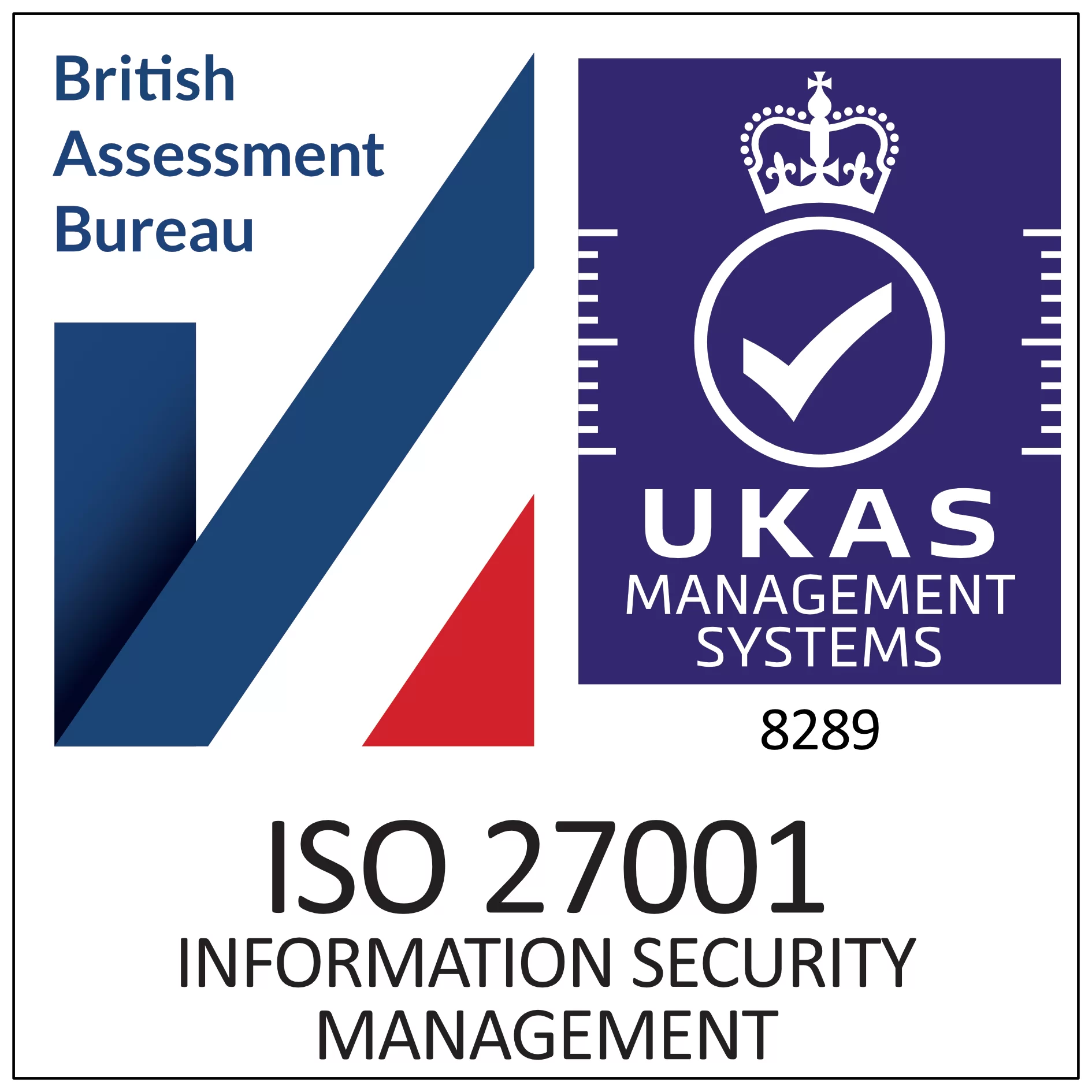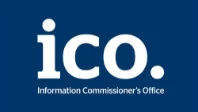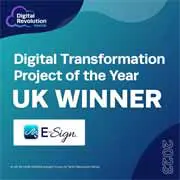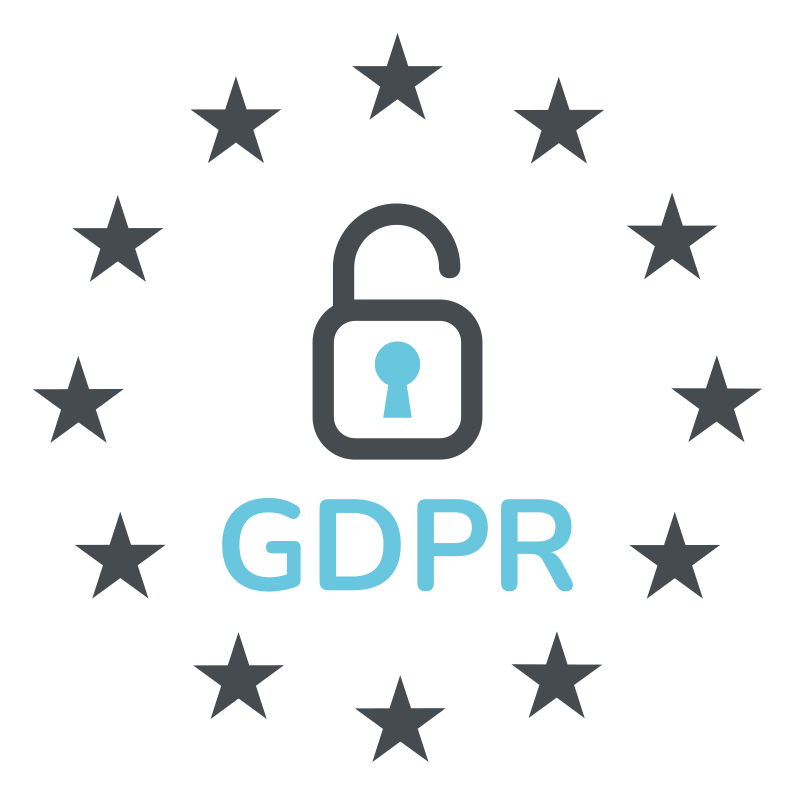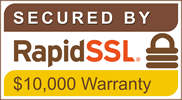How to Write an Executive Summary
Luke Garrett
Director of Product
PUBLISHED
3rd September, 2024
Depending on the type of organisation you’re in and the work involved, an executive summary can be an incredibly useful way to quickly and clearly communicate the key takeaways of a larger document. With a greater understanding of how to effectively compose an executive summary, you can ensure that any project documents, proposals or surveys provide the relevant information for stakeholders, and convey the intended message. In this guide, we will explain how to write an executive summary, with all the best tips and details to ensure you can successfully create tailored summaries for your business.
What is an executive summary?
Before we look at how to write one, it’s important to know exactly what an executive summary is. An executive summary is essentially an overview of a document, more detail-rich and often long documents. The exact length of your executive summary and its contents will depend on what document it is summarising. However, executive summaries typically range from one to two pages long. Your summary should share all the information that your readers and stakeholders need to know about the document, providing them with the details they need to succeed before they have even read the main body of the document.
When are executive summaries used?
Executive summaries are most commonly used in the following types of documents:
- Research reports
- School reports
- Environmental studies
- Project proposals
- Market surveys
- Business cases
- Project plans
Why are executive summaries important?
If you’re writing any of the above documents an executive summary should be an essential component. This is because your readers might not have time to go through the full document straight away after initially receiving it. Therefore, a strong executive summary should be able to provide a clear overview of the contents of the document, and when they do intend to go through it fully, it should keep their attention and motivate them to continue reading.
Additionally, the summary might contain important details for stakeholders, ensuring they can prepare for future meetings and quickly follow up on specific areas of the document.
What should an executive summary include?
A high-quality executive summary should offer a brief statement of the key topics being covered within the document. It’s important to keep in mind that it is a summary, meaning you should keep the language succinct and to the point, aiming to stay within the one to two-page range referenced earlier in this guide. The main elements that you will want to include in your executive summary are:
- An overview of what the document is about, such as the challenges a business is currently having, or a proposal for a new product.
- A clear analysis of the problem.
- Background information that applies to the reader.
- Conclusions the author has reached.
How to write an executive summary
Your executive summary should be written in a professional manner, as well as being clear and concise. It can be beneficial before you start writing it to do some research and potentially find a template that reflects the type of summary or document you’re writing. For example, E-Sign has a wide range of useful templates that our clients can utilise, including a grant proposal template, that features an executive summary section. Also, you should ask any questions to your colleagues or management prior to writing, to ensure that you format and style the summary appropriately to your organisation. Follow the steps below to write a great executive summary.

1. Start with the problem and proposed solution
First, make sure that you have read the document in its entirety multiple times, so you can quickly highlight the main points, problems, and advice. You should begin your executive summary by explaining why the document and the project it discusses are important.
Clearly explain the background detail of what the problem is, including any relevant research or feedback that supports this. This should be followed by why it is essential to solve the problem, including how the resolution will benefit your customers and other stakeholders.
For example, if your document is proposing an environmental study, you should establish the value of the study, what information it can provide in order to make crucial sustainable changes, who will benefit from the outcome of the study etc.
2. Detail the project’s objectives or the solution it intends to provide
After presenting the problem in the first part of your executive summary, you will want to follow up by outlining your solution. This includes explaining and convincing your readers why this solution is the best option to solve the problem. You can support these claims by broadly describing what will happen during the project and the intended outcomes.
However, the executive summary will be situated at the start of the proposal/project plan. So it’s ok not to have all your deliverables and milestones mapped out at this stage, more details will be provided to the reader as they progress through the document. If you want to include an overview of the project’s core deliverables and timelines, it may be beneficial to create a project roadmap before writing this part of your executive summary.
3. Explore the value of the solution
For this part of the summary, you will start to go into more detail about how the solution will impact and improve upon the challenges discussed at the beginning of the document. This is likely to include any expected results, relevant financial details, project risks, and potential benefits. It’s common in this section of the summary to relate the project to your overall company goals, objectives, and values.
4. Conclude with the importance of your work
Once you have provided the key information to your readers and stakeholders, you should close your executive summary by emphasising the impact and importance of this project on your organisation and the wider community overall. It should leave a lasting impression on the reader, resonating with their values and encouraging them to support the proposed plan. Incorporating a call to action and leaving the reader wanting to continue the document are good ways to conclude your executive summary.
Executive summary example template

Every executive summary might look different, depending on the type of document you are creating the summary for, your industry and organisation etc. When considering how to format your executive summary, you should keep the intended audience in mind and whether your company has any set requirements. Whilst the above details the elements you will want to include in terms of written content, below is a brief executive summary template, showing how you may want to lay out your content when writing your own.
[Introduction/problem statement]
Example – The city of (city/town name) has been facing a steady decline for various reasons including (increased unemployment rates, and increased crime rates amongst young people). According to recent research by (well-known institution) (relevant statistics, e.g., anti-social behaviour by young people has risen by 10%). In correlation with this (more relevant statistics, e.g., 1 in 3 families say that they would benefit from having more activities for their kids to do outside of school).
[Proposed solution]
Example – Our architectural project has been effectively planned to address the core issues discussed above, and avoid the deficiencies of previous attempts at bringing a community building to the local area. The project is not just about constructing the building itself, but also ensuring that an infrastructure is in place that actively encourages the community to utilise the space and services it will provide. It will create job opportunities and support families that are looking for positive activities their children can become involved in.
[Value]
Example – Our objectives for this project are (list objectives) with regular reviews to ensure we are meeting the targets we set out. Following the successful completion of this project, our next step is implementing our work on a wider scale to make a difference in the lives of individuals and communities around the world. The total cost to carry out this work is (total figure) and your investment of (figure) is the ideal amount to complete our funding and get the project started.
[Conclusion and next steps]
Example – There is a growing need for a modern community centre where children and young people can go to give them purpose, and activities that are relevant to their interests. It’s important to invest in projects that will support younger people, allowing them to successfully flourish and positively transition into the working world. By the end of this project, we anticipate (outcomes including data estimates, e.g.10,000 people can benefit from the community centre we build). Find out more about our organisation and this project here.
Conclusion
A well-written executive summary can set the tone for the rest of your proposal/project plan, and make a significant difference in achieving the intended outcomes of the document. For example, if you’re sending a proposal to potential investors, your executive summary will provide them with the initial facts that might influence their decision before they have read the full document.
As an electronic signature and digital document solutions provider, E-Sign understands the importance of creating and sending high-quality documents for signature, like proposals and plans that feature executive summaries. There are many benefits to implementing an e-signature platform like E-Sign into your document workflows including increased efficiency, cost savings, reduced carbon emissions and more.
Contact us today to discuss your requirements and our digital transformation team can help to provide you with a tailored plan that meets your needs. You can also get started with E-Sign by registering for our 14-day free trial, allowing you to try the features and functionality of the platform yourself, and see how it can support your organisation’s document processes.
 Facebook
Facebook
 X (Twitter)
X (Twitter)
 LinkedIn
LinkedIn


